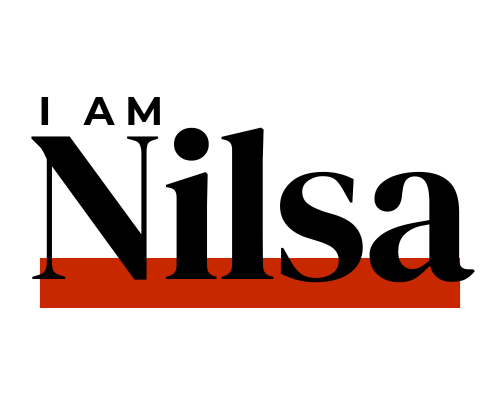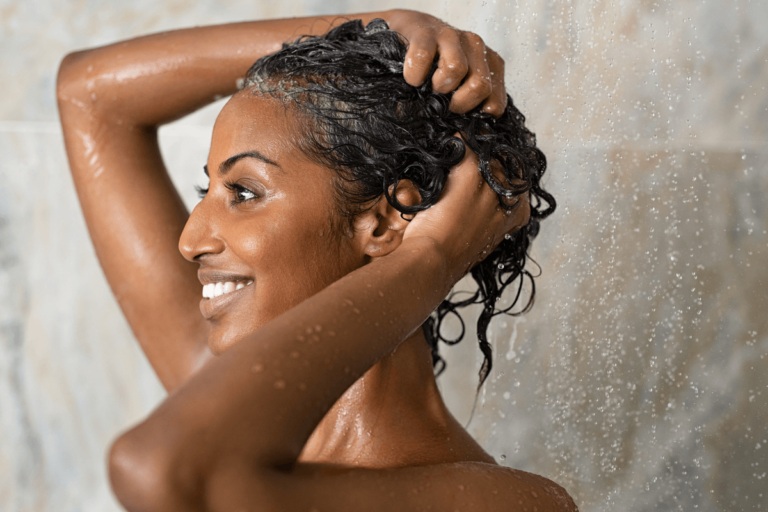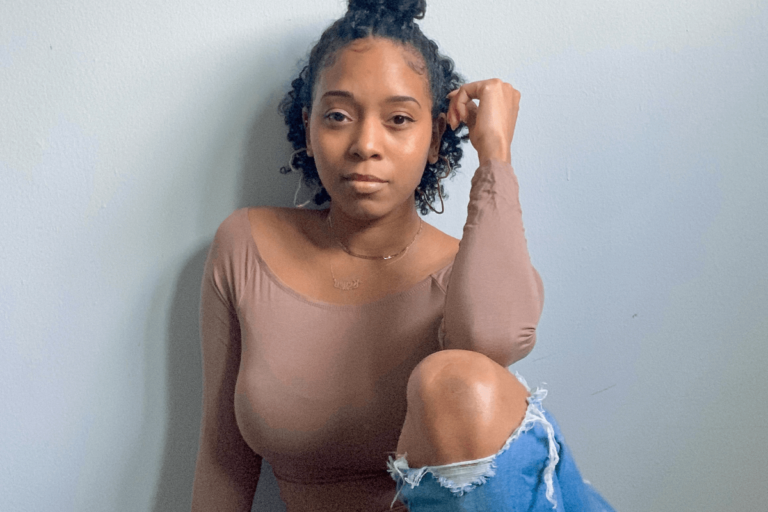The Hidden Risks of Box Braids and Cornrows: Why Proper Technique Matters
Box braids and cornrows are more than just popular hairstyles—they’re a cultural staple, a fashion statement, and a way to manage and protect hair. But while these styles can be incredibly beautiful and versatile, they come with potential risks if not done properly. Let’s dive into how improper technique, excessive tightness, or heavy extensions can cause damage to your hair and scalp.
The Appeal of Box Braids and Cornrows
Box braids and cornrows are known for their sleek appearance and versatility. Box braids are individual plaits created with three sections of hair, often incorporating extensions for added length and volume. Cornrows, on the other hand, are tight, close-to-the-scalp braids arranged in rows.
Both styles offer significant benefits: they can protect your natural hair from environmental stressors, reduce the need for daily styling, and give your hair a break from heat treatments. However, these benefits can quickly turn into drawbacks if the braids are not done correctly.
The Dangers of Tight Braids
1. Traction Alopecia:
One of the most common issues with tight box braids and cornrows is traction alopecia. This condition occurs when the hair is pulled too tightly, causing strain on the hair follicles. Over time, this constant pulling can lead to hair loss and thinning, particularly around the hairline.
2. Scalp Irritation:
Tight braids can cause significant discomfort and irritation to the scalp. Symptoms include redness, itching, and even pain. This irritation can sometimes lead to infections if the scalp is damaged or if hygiene practices are not maintained.
3. Breakage:
When braids are too tight, they place excessive stress on the hair strands, which can lead to breakage. The constant tension weakens the hair shafts, making them more susceptible to snapping and splitting, which undermines the health of your hair.
The Risks of Heavy Extensions
1. Increased Strain on Hair Follicles:
Heavy extensions can weigh down your natural hair, leading to additional strain on the hair follicles. This extra weight can exacerbate the risk of traction alopecia and lead to premature hair loss.
2. Slower Hair Growth:
The added weight from heavy extensions can slow down hair growth. The follicles are under constant stress, which can disrupt the normal hair growth cycle and result in less robust hair growth over time.
3. Tension-Induced Breakage:
Heavy extensions not only stress the follicles but can also cause the natural hair to break due to the additional weight. This is especially true if the braids are tight and the extensions are heavy, putting double the strain on your hair.
The Importance of Proper Technique
1. Avoid Excessive Tightness:
Ensure that braids are not done too tightly. They should feel secure but not uncomfortable. A good rule of thumb is that you should be able to gently move the braids without experiencing pain.
2. Choose Quality Extensions:
If using extensions, opt for high-quality ones that are lightweight. Synthetic extensions are often heavier and can put more strain on your natural hair.
3. Regular Breaks:
Give your hair a break between braided styles. Wearing braids or cornrows for extended periods can be harmful, so consider alternating with other protective styles that are less stressful on your hair and scalp.
4. Maintain Scalp Health:
Keep your scalp clean and moisturized. A healthy scalp is less prone to irritation and infection. Use lightweight oils and avoid heavy products that could clog pores and lead to scalp issues.
5. Seek Professional Help:
If you’re unsure about how to braid your hair properly, consider seeking the help of a professional stylist. They can ensure that the braids are done correctly and that the tension is appropriate for your hair type and condition.
Box braids and cornrows can be a fantastic way to style and protect your hair, but they come with their own set of risks if not executed properly. By paying attention to the tightness, weight, and overall technique, you can enjoy the beauty and benefits of these styles while minimizing potential damage. Your hair will thank you for the extra care and attention, leading to healthier, happier strands for years to come.
Love, Nilsa




